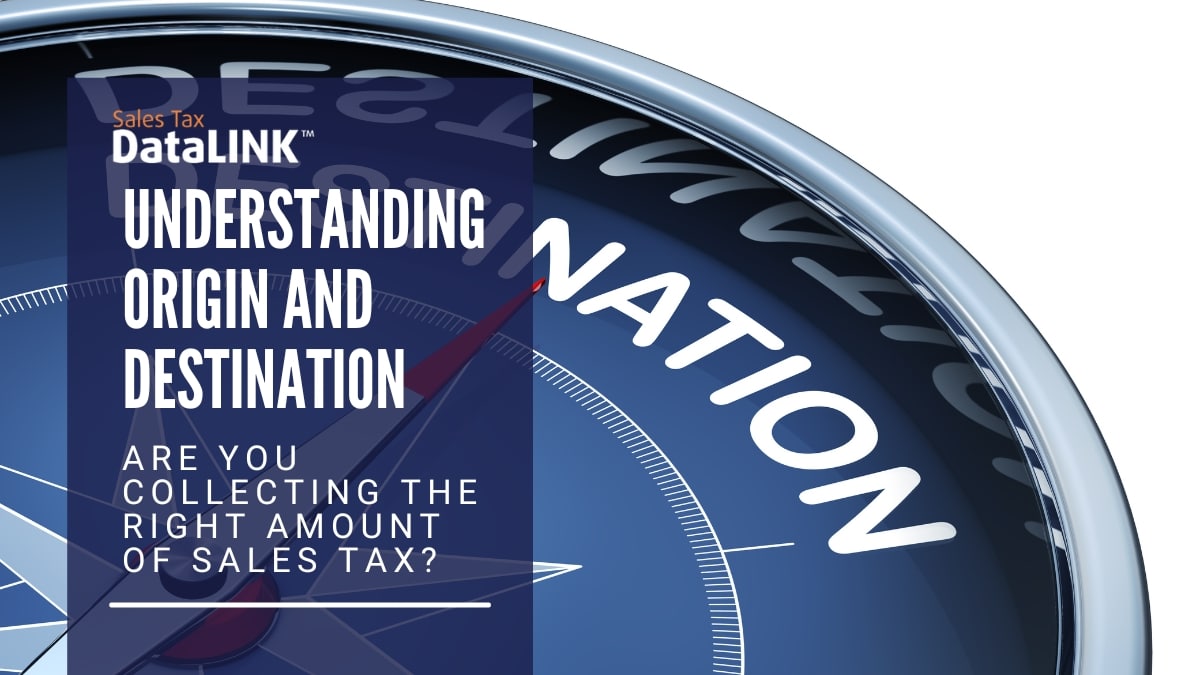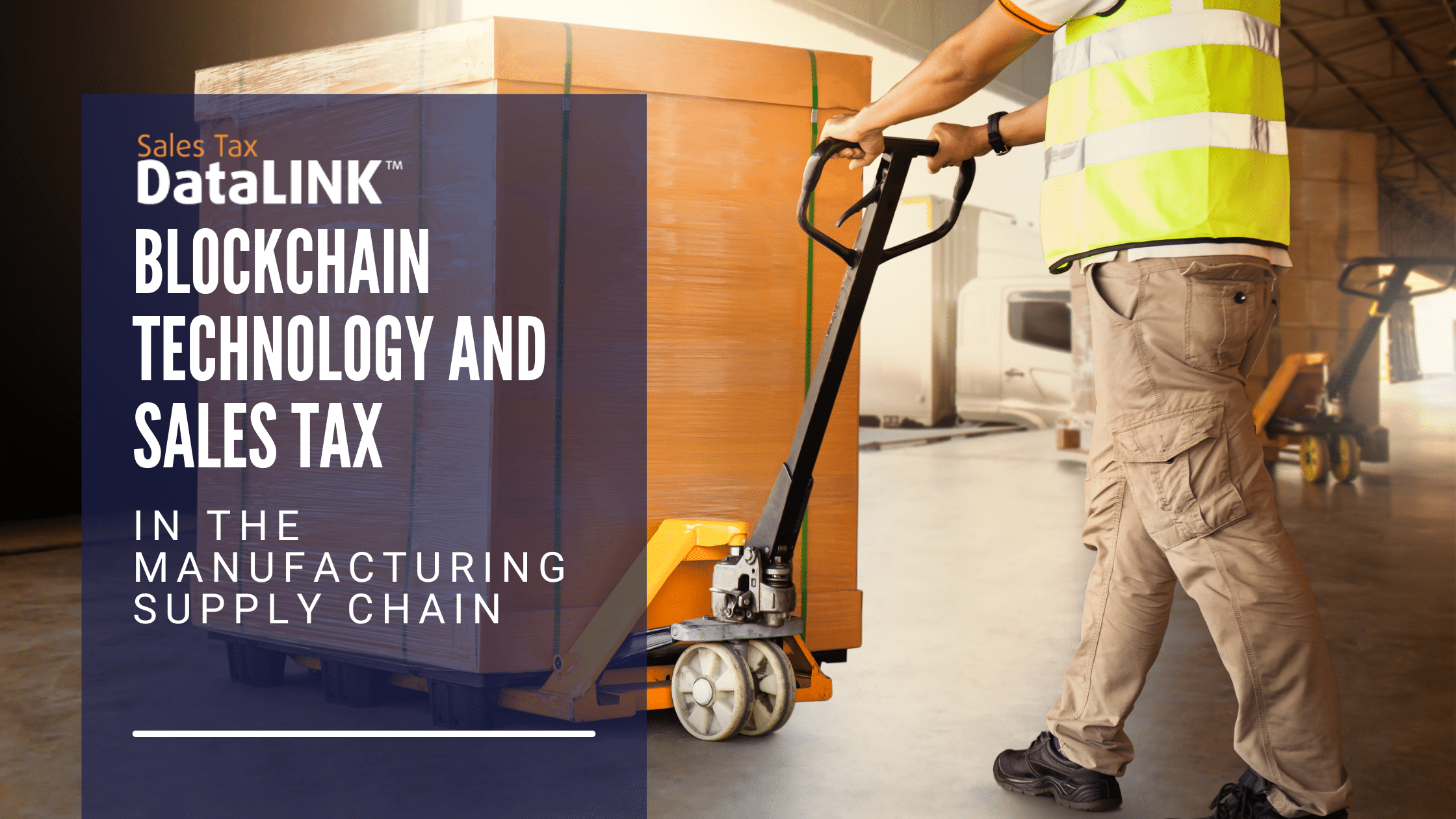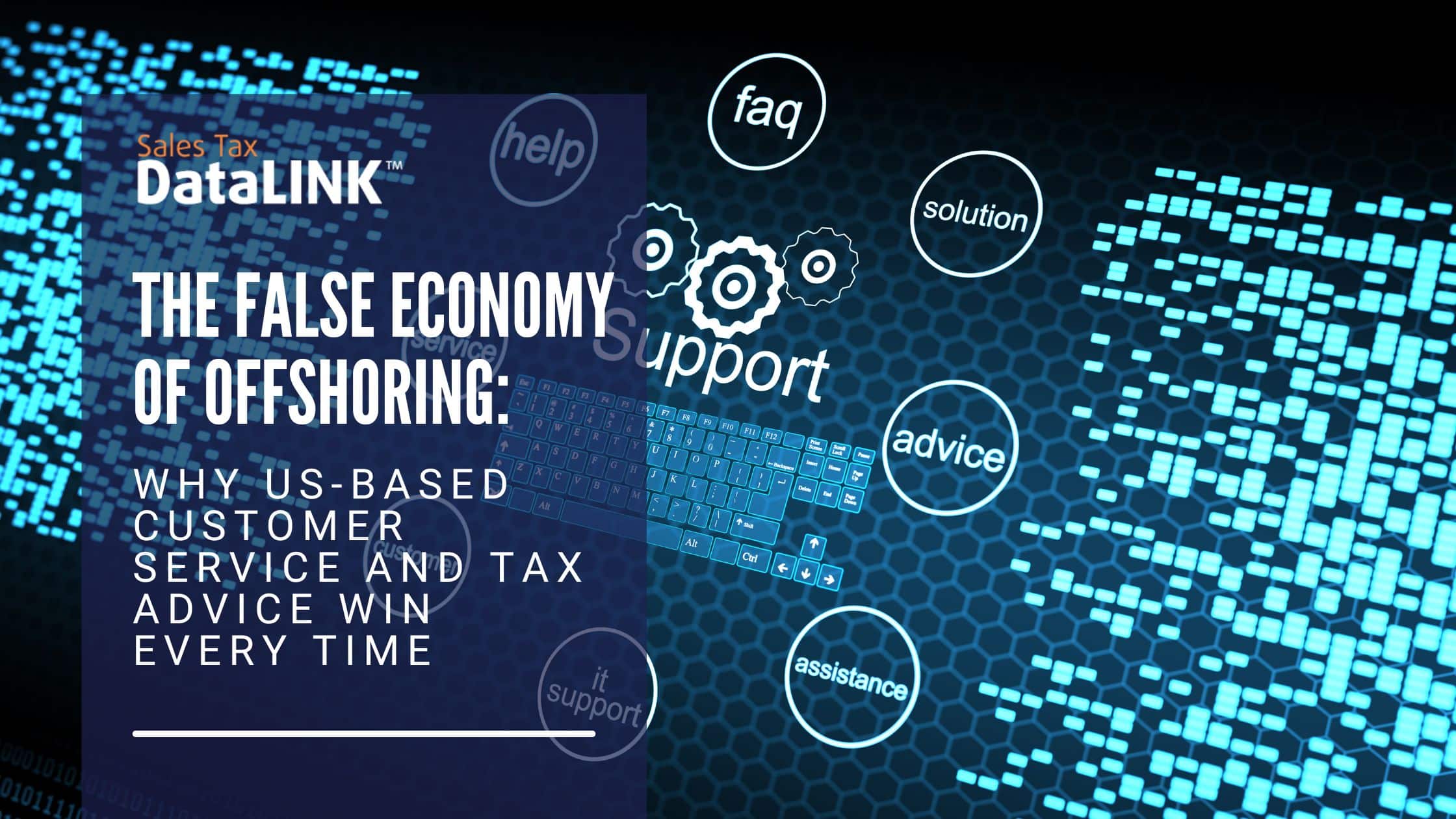Navigating the Complexity of Origin and Destination-Based Sales Tax Systems
There are two kinds of people in the world: those who believe there are two kinds of people in the world, and those who don’t. Okay, there may be lots of different kinds of people in the world, but there are two kinds of states when it comes to states that have sales tax: those that tax according to the origin of a transaction and those that tax according to the destination. If you’re in an origin-based state when it comes to sales tax, you calculate taxes based on where the business is located. You’re in Alpine, Utah, selling something to someone in South Salt Lake? You’ll charge them 6.75%. Now, buy something from someone in South Salt Lake, and you’ll pay 7.05%. It depends on where the business is located, not where the customer is located.
From a business point of view, you’re in luck if you’re in Utah. It’s easy to collect taxes in an origin-based state because you charge everyone the same tax rate. People come to your shop and buy, they pay the local sales tax local rate. You deliver or ship an item to someone else in your state, they still pay your local tax rate. However, most states use the other system: the destination-based sales tax system. Under that system, the consumer pays the same amount all the time. The business doesn’t collect the same amount all the time. You’re in Kalaheo, Hawaii, shipping something to Wai‘anae? You’ll have to know that their sales tax rate is 4.5% and collect 4.5%, even though your local tax is 4%. Some destination-based states require businesses to report tax according to the tax rate, in which case you not only have to collect the right amount from customers all over the state, but you’ll also have to sort them all out when you file.
SalestaxDataLINK’s FileLINK is a lifesaver if this applies to you because the software will sort this all out for you. Hold onto your hat, because the ride will now get a little wilder. Say you have a business in a destination-based state like Iowa, and you are sending goods to a customer in an origin-based state like Ohio. Say your company has a nexus in that state because you have a manufacturing plant there. You will probably have to collect sales tax based on the rate in the city where your plant is located. Are you actually collecting the right amount of sales tax? Are you sure? It’s worth making certain that you are accurately collecting and filing your sales taxes.




